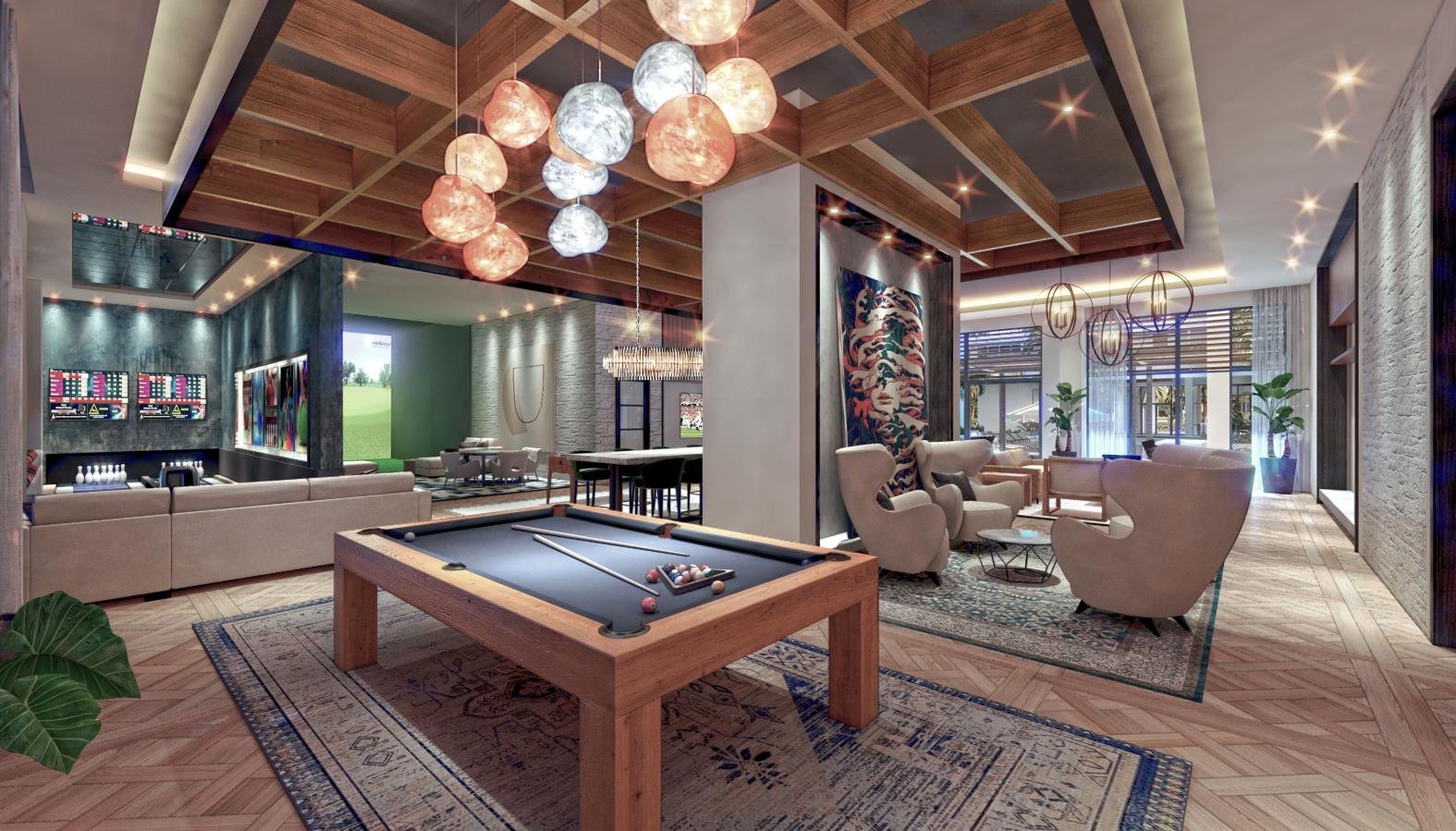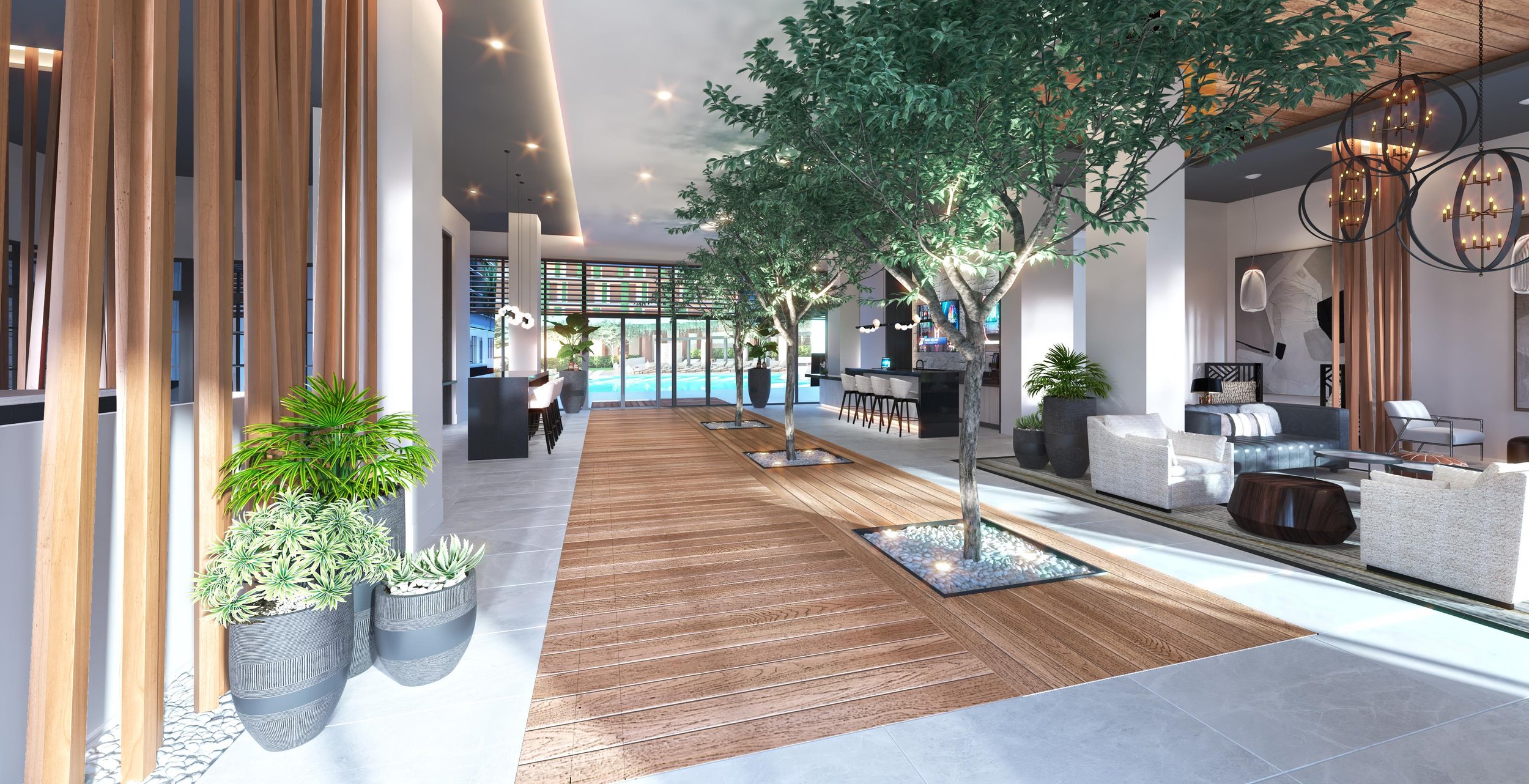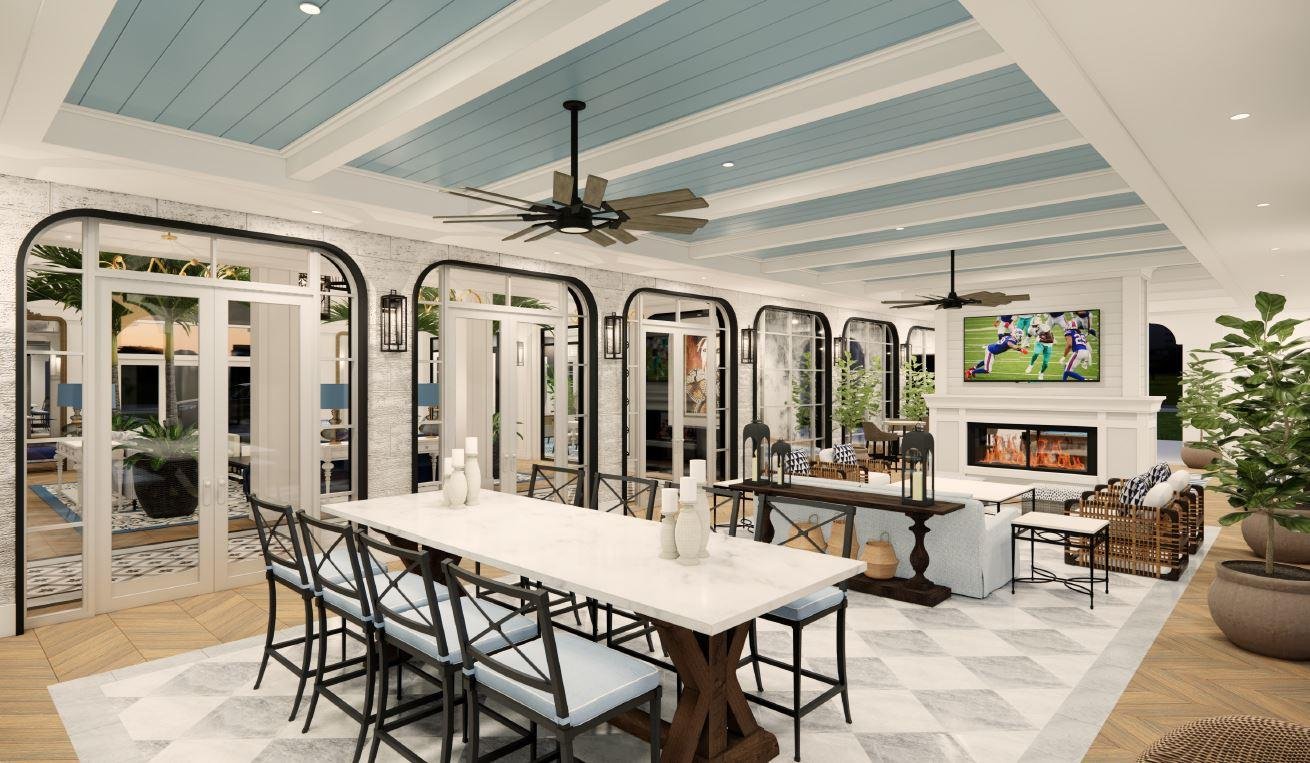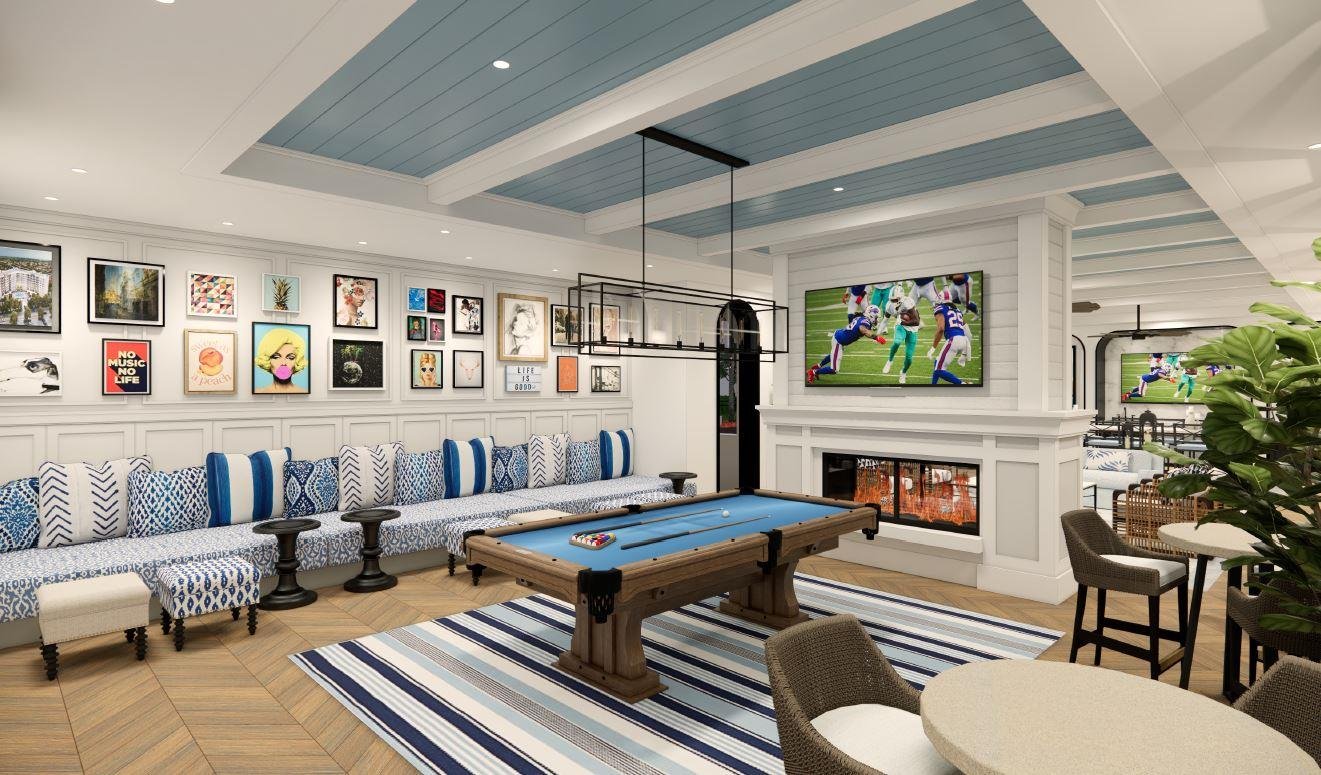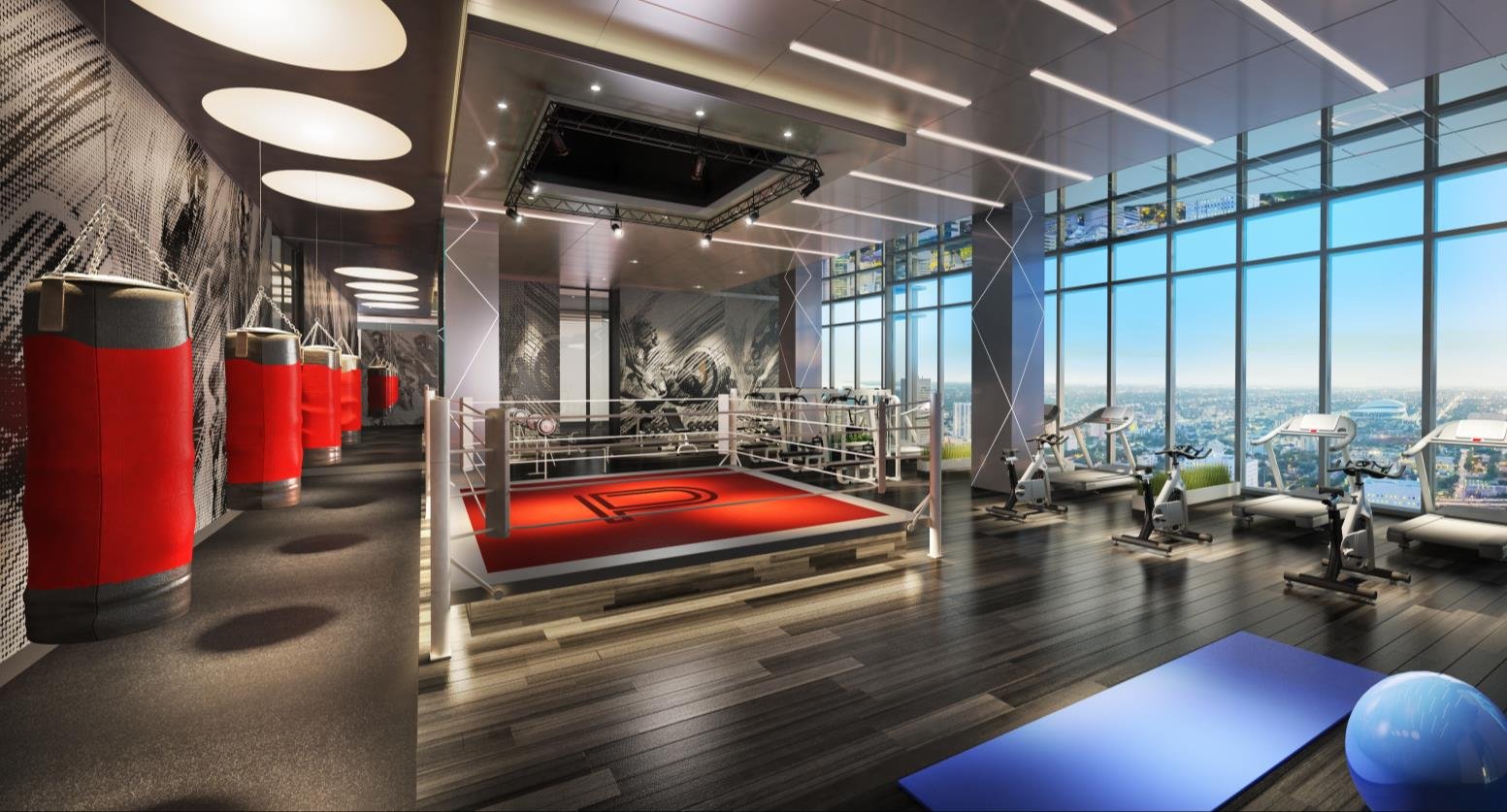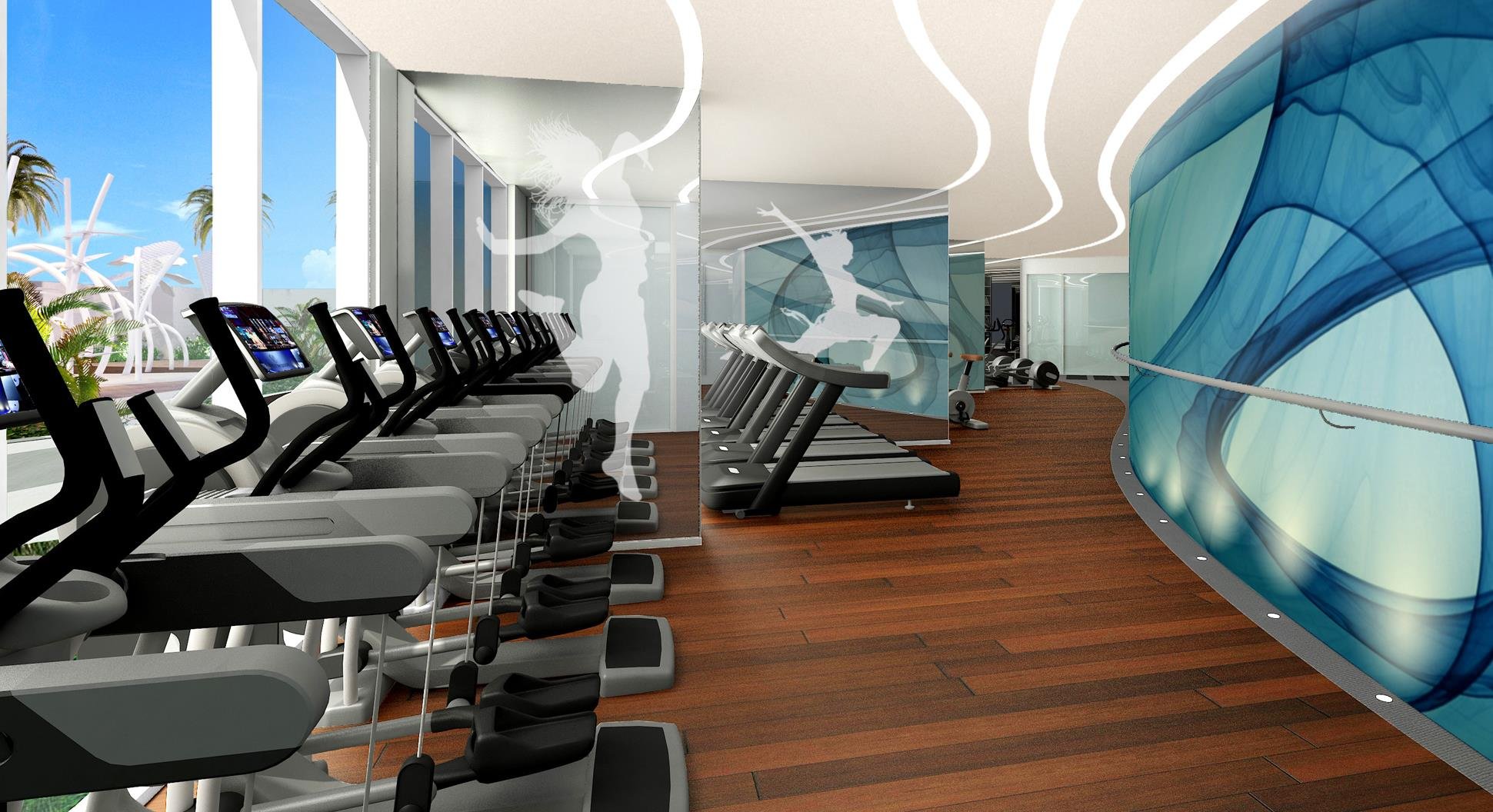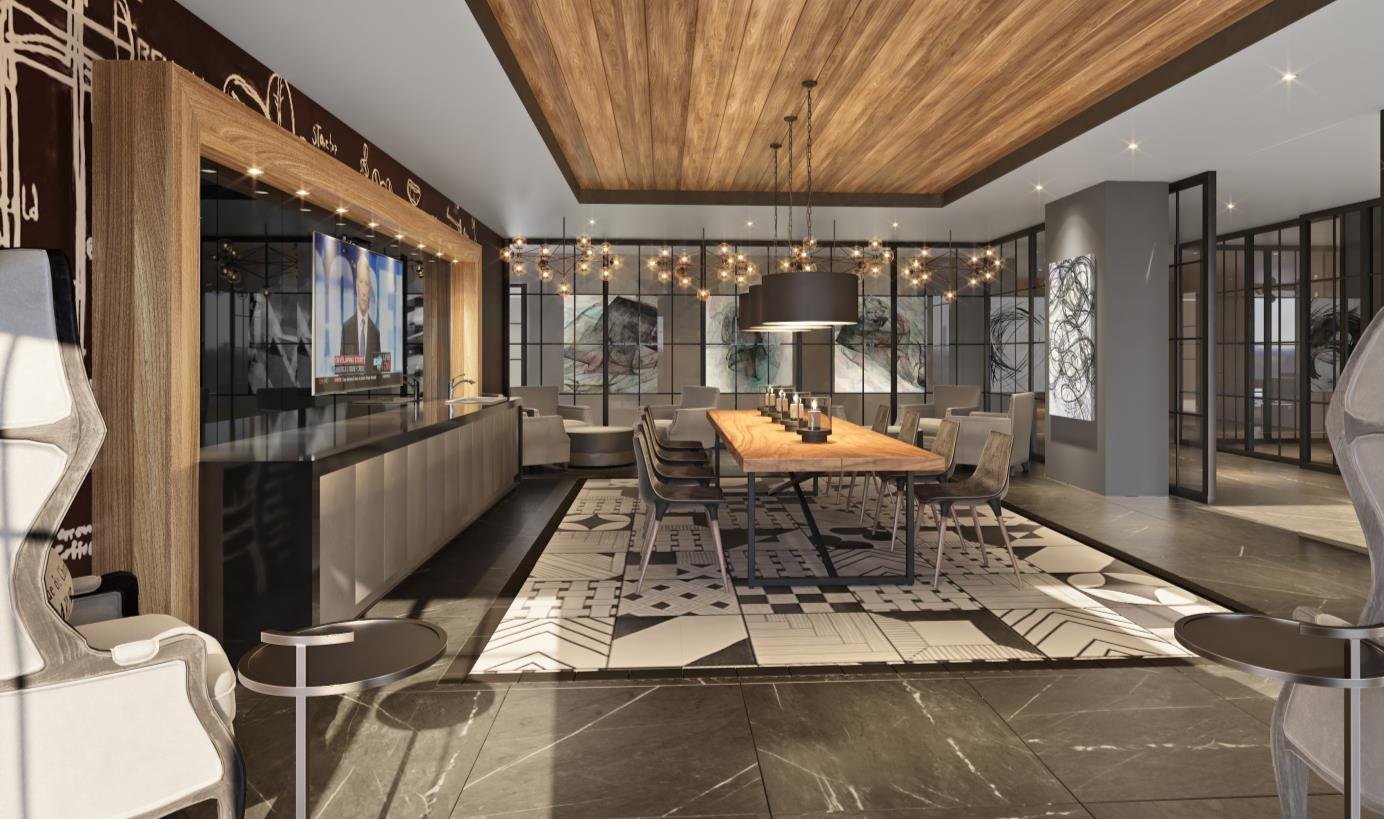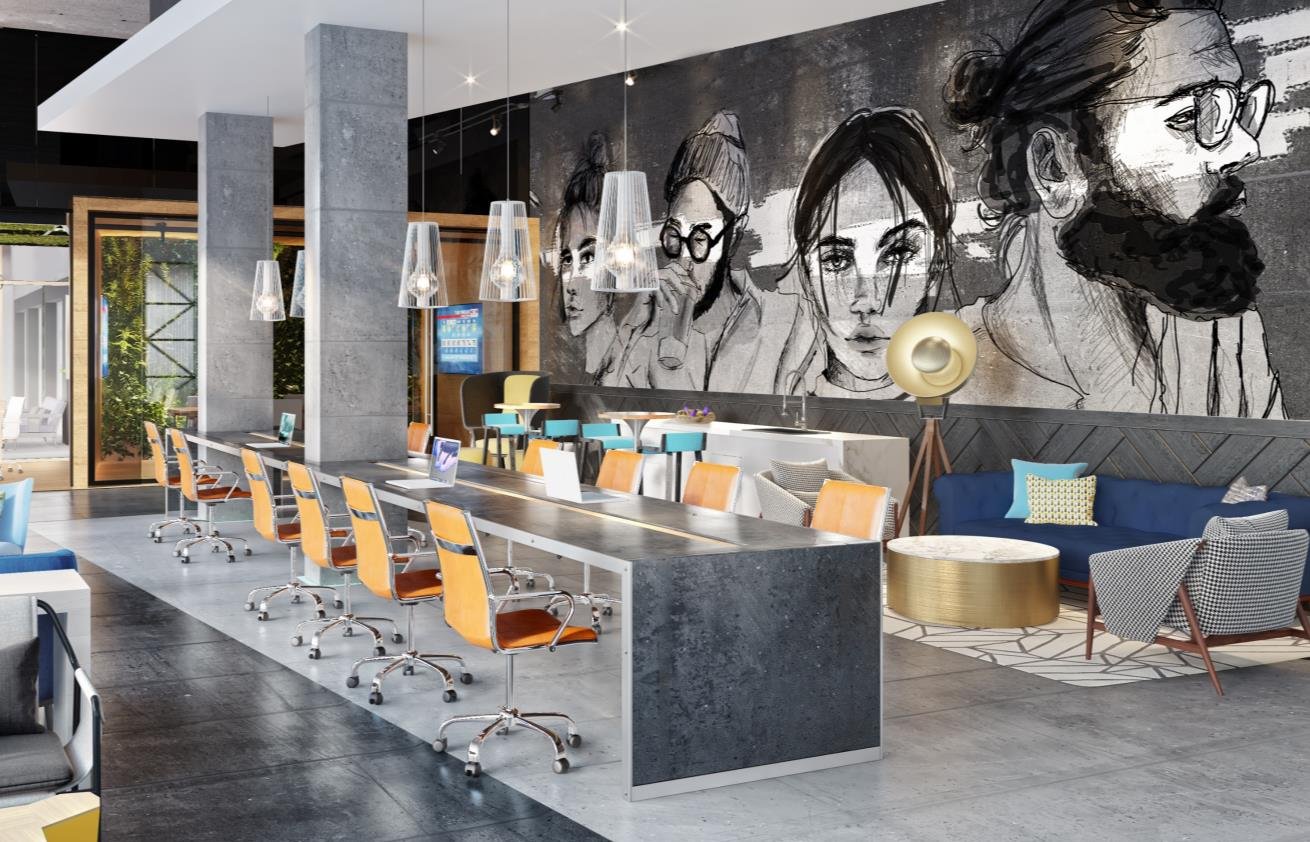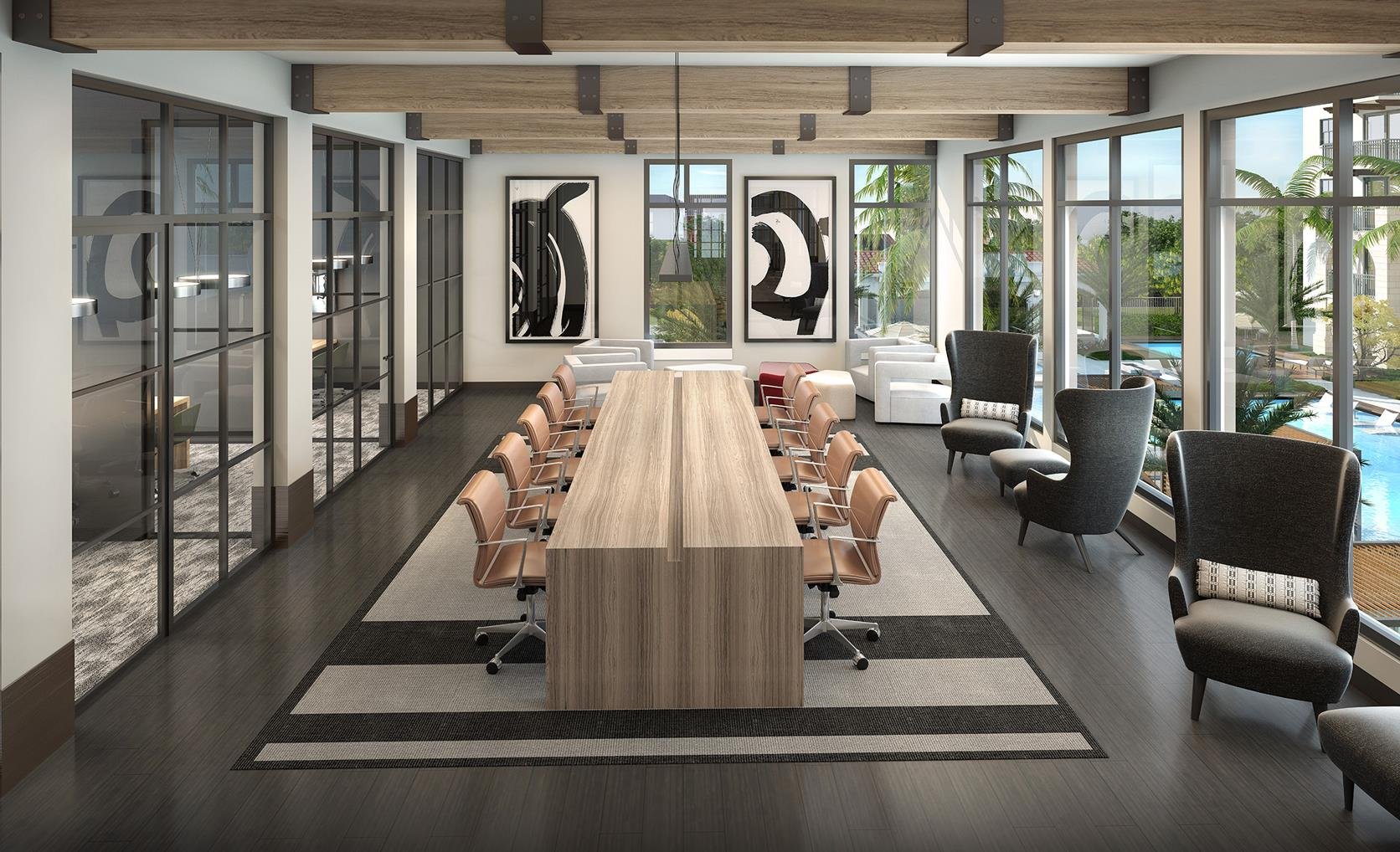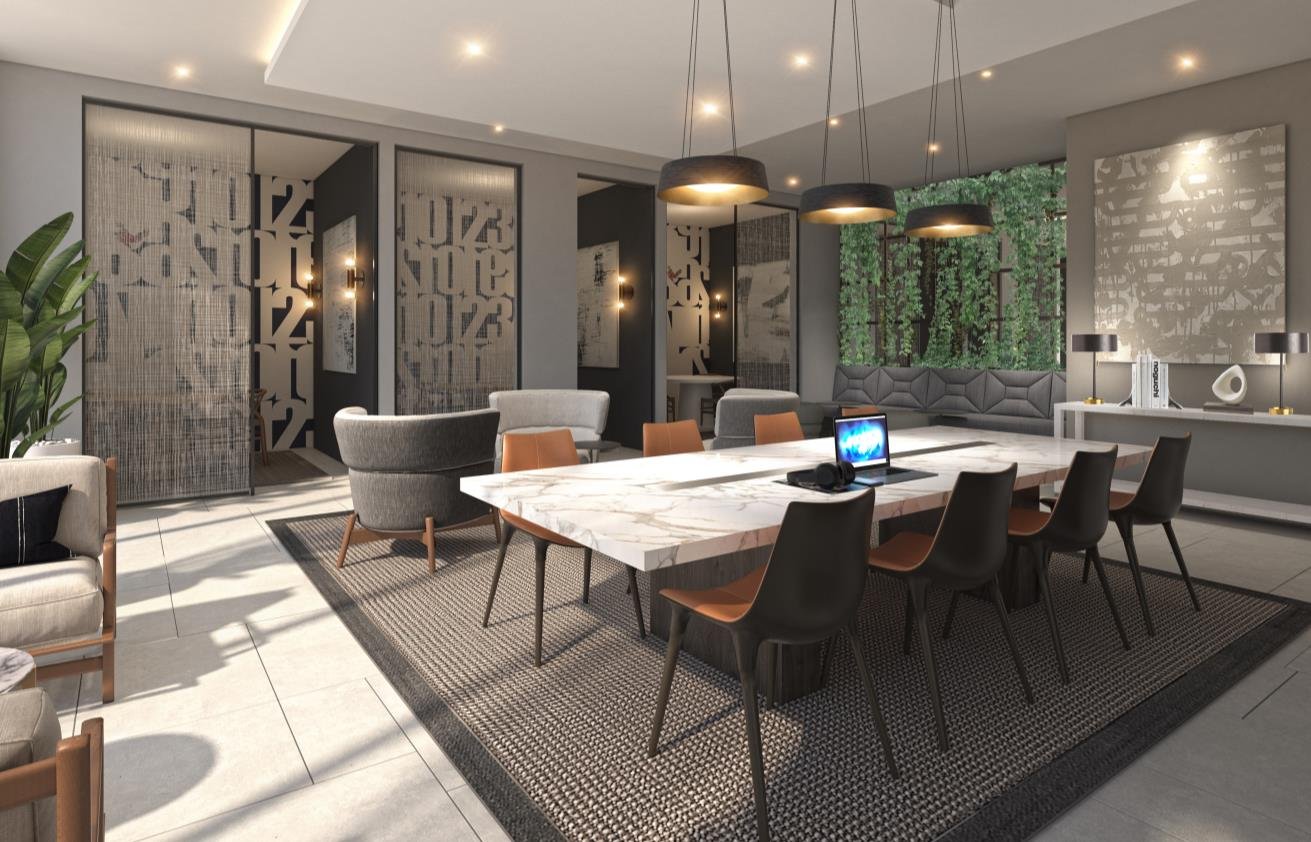City Update 2022
Throughout the year, our teams put their heads together to share industry activity, trends, culture, trade secrets, and more.
Throughout the year, our teams put their heads together to share industry activity, trends, culture, trade secrets, and more.
How has the pandemic shifted business, real estate, and workplace culture?
This is what we’re seeing in industry activity across the globe.
increased workplace strategy
vacancy rates
companies with phased re-entry
unemployment rates down since the start of the pandemic
landlord improvements
What’s happening at ONE Global Design culture-wise?
Some firms are 100% remote whereas others are adopting a hybrid solution.
tp bennett celebrated a grand 100 years of business and Acquilano celebrated 35 years.
Firms like Hendrick and Partners By Design and Design Collective have paired up and completed successful projects together.
What patterns have we seen amongst our clients?
Commonalities we’ve noticed across the globe include:
Increased interest in diversity, equality, and inclusion
Hospitality design can help clients attract staff back to the office
Adopted digital solutions
Hybrid workstyle
Increased flex space
Sustainable solutions
Teamwork makes the dream work
At the end of the day, we come together to create spaces that will enhance the lives and productivity of our clients. Thanks for joining our city update series.
LATEST NEWS
Covid-Friendly & Practical Luxuries in Multi-Family Properties
During a Virtual ONE Global Design Summit — where our teams share trade secrets and put heads together in brainstorming sessions — Casie Idle, Vice President of Business Development at ID & Design International (IDDI), shared trends that IDDI is seeing in the multi-family sector nationwide.
How do you raise the bar in multi-family properties? Blend functionality, adaptability, convenience, imagination, and add a little bit of spice.
During a Virtual ONE Global Design Summit — where our independently-owned firms share trade secrets and put heads together in brainstorming sessions — Casie Idle, Vice President of Business Development at ID & Design International (IDDI), shared nationwide developer trends in the multi-family sector.
The COVID-19 pandemic has highlighted the importance of amenity spaces within luxury and economy multi-family properties. IDDI has found that prospective tenants are looking for properties where they can live, work, relax, and play.
Developers want to create new, livable communal areas within their buildings, such as flexible coworking spaces complete with pods, desks, and conference rooms, larger fitness centers with a plethora of equipment, onsite grocery and convenience shops with keyless entry, demo kitchens, beauty salons, dog washes, smart home technology, outdoor fitness areas like basketball courts and wrestling rings, and rooftops designed for open-air, safe social gatherings.
Precautions set by the pandemic have introduced an increased need for amenities and convenience within the multi-family market. Lifestyle changes invite thoughtful redesign with tenants and developers in mind, combining functional needs with preeminent design.
ONE Global Design relentlessly exceeds expectations through an iconoclastic eye for design. Our teams are dedicated and diverse professionals whose commitment to functional elegance challenges tradition and elevates design standards worldwide. Partners who specialize in multi-family include DSP Design, Design Collective, Figure3, LEMAYMICHAUD, Meyer, NoackLittle, ProgressiveAE, and tpbennett.
Want to learn more? Reach out to the team at IDDI.
LATEST NEWS
COVID-19 Stress and Anxiety in the Workplace
How will stress and anxiety from home isolation impact our return to the workplace?
How will stress and anxiety from home isolation impact our return to the workplace?
A conversation with:
Eric Yorath – Principal at Figure3
Jorge Cherbosque – Clinical Psychologist with Wolcott Architecture
Bob Fox – Principal at FOX Architects
Rex Miller – Founder of mindSHIFT
LATEST NEWS
The Only Constant Is Change: Interview
ONE Global Design discusses fundamental questions surrounding how to safely re-enter the physical workplace.
How do we get back to work? After surveying dozens of companies and picking the brains of our executives, principals, designers and other industry leaders, we discuss fundamental questions surrounding how to safely re-enter the physical workplace.
Want to participate in the Work From Home Survey?
TRANSCRIPT
Jennifer Treter, Hendrick (00.03):
We're here to talk about something that's very personal to everyone and very much at the front of everybody's mind. We do know surrounding this. It's fair to say that the only constant is change. And I think we all have a love, hate relationship with change. When things are good, we may wish we would things wouldn't change. The statement also seems to be very commonly used. It was, we find ourselves in moments of struggle, looking for a brighter future, for sure. And so now we find ourselves saying “this too shall pass”. And in the end, we're looking for comfort that a stronger and brighter future will happen. As the COVID-19 pandemic began to unfold, we saw firsthand the impacts on our communities. We also saw it was a place to plug in or one global design collective expertise and provide constructive insight into the future of work from a very human centric perspective.
HOW TO APPROACH RE-ENTERING THE OFFICE?
Rex Miller, MindShift (01:06):
And so today I'm here primarily because of my work on this transition. How do we get back to work? And my concern on how much effort is going to the mechanical side of it, and how little we're really focusing on the emotional side of what's going to take place over the next few months.
HOW TO APPROACH SAFETY IN THE WORKPLACE?
Melissa Malburg, Progressive AE (01:30):
I mean, I think a big component is just communication, clear, consistent, frequent communication. This is like a perfect opportunity for change management, change communication one-on-one. If people don't understand why, why from what's the business case for us as our organization to come back? What value is it? How am I contributing to the organization by being in the office? Instead of being at home. I think that's a big deal. I think helping them understand the thought process of the planning and the purpose that went into re-entry hopefully there's planning and purpose in the re-entry through each office. Cause it looks different for everyone that the existing context of your, of your workspace is going to dictate how you can re-enter it safely. So that planning needs to be very careful and then being very transparent to your employees about how you did, how you did that, planning, how you're cleaning and how you're keeping them safe.
But I think it has to be balanced by people's perception of safety. So there has to be literal technical safety but I have to feel good about being there. If it feels very clinical and very sterile and very you know, everything's plexiglass and vinyl people, aren't going to feel good there. And it's going to send the message that we actually don't really think you're safe in here, but we want you here anyways. I think at that point, performance is going to go down. All of the value of being back in the office is going to go away because just our psychological sense of safety and comfort is, is gone. So balancing how people perceive safety and how they actually are safe and communicating that to them, I think is going to be really, really important as people start to venture back.
WHAT IS THE BUSINESS VALUE OF THE OFFICE RIGHT NOW?
Elizabeth Baudler, Hendrick (03:15):
And as we found in the survey, that flexibility piece, that autonomy, people greatly want to keep that in their lives in some way shape or form. And the strongest answer that came from that was if my culture support this.
HOW CAN WE MAKE THE BEST DECISIONS ABOUT RE-ENTRY?
Rex Miller, MindShift (03:35):
I think one nudge in the decisions we make is to pull out your mission, vision, values, and have it right next to your spreadsheet or your logistical plan. And ask, ‘does this decision support what we believe?’ And having leaders — this was an equal opportunity disaster. Nobody has been left untouched by this. So, for the very first time leaders have experienced the same kinds of loss that everybody else, which hopefully opens them up to walk the talk. Because quite frankly, one of the biggest nudges is if the leaders are transparent, authentic, visible, accessible, and look like humans and talk like humans.
WHAT WILL REMAIN AFTER WE SETTLE INTO NEW ROUTINES?
Mike O’Neill, Haworth (04:27):
I think we'll all go back in with more empathy for others and really with a realization of how fragile we are and how, and how fragile everything we take for granted is and how everything hangs together almost it's a miracle. And I think in the past leaders were promoted actually the less empathy you have, the more likely you will get promoted as a leader. And because you can't have too much empathy, if you have to make hard decisions. And I kind of wonder if that criteria will be shifting in the future.
WHAT IS THE PURPOSE OF THE OFFICE?
Chris Blackadder, Forge (05:12):
The office is not a single place anymore. We work between the physical and the virtual our behaviors demand where we go and how we do our work. Now it's if you Venn diagram, physical, virtual and behavioral leadership sits in the middle, but the behavioral bit is balancing where and what we're doing. So, it's a choice we all have now to what we do. Like I said earlier about the autonomy going up. Balancing the immediate, I think we're in a, you know, re-entry reopening moment that will turn into a recovery moment. And if we look three to five years out, we've got to understand where we might be and what will change. In the immediate term, managing communications plan for all staff is critical and it's continually informing stakeholders during the process. Through strips, tactical communications, they're very clear and resonate with all are important.
The training plans that go along with that will be key in terms of how new habits and behaviors affect all the people, how working will work, I guess, in the new environment how different work areas will function and then some real reasons for that, whether they're business or not for the new environment and how it works. We've been working hard on orientation plans for clients that are, that are very specific to that client with the protocols and what the new office looks like for individuals and groups in that orientation plan and defining acceptable and unacceptable behaviors and actions in the workplace. They're key to everyone coming back safely and being productive again. And I think they're the two things, safety and productivity of the key to what we're, we're trying to do on re-entry.
WHAT IS THE BUSINESS VALUE OF THE OFFICE RIGHT NOW?
Mike O’Neill, Haworth (07:10):
It's entirely possible that the, the trend of densifying spaces is dead. And I think that just, just for common sense purposes, but I think that companies will need to examine just, just what is the purpose of our real estate? Just why are people coming in there? And so, I think being able to connect the investment that you're making to downstream costs, like I had said in my introduction, like things like employee replacement costs and your annual operating costs, how effectively are we really managing and deploying? The spend on compensation is starting to think of that as obviously it's the single largest annual amount that a company invests every year. I think there's a real opportunity there to better maybe for the first time, really understand because the people side has come, has been now elevated. And it's so obvious that this is all about the people. So, can we start to make the connection for the first time between the silo of real estate and facilities and the former silo of the workforce and put them together for the first time and start to make meaningful connections between the decisions we make about workplace? Like, why are we building this? What is going on there? And then some of these, some of these other effects.
LATEST NEWS
The Only Constant Is Change: A Global, Strategic Guide to Re-Entering the Workplace
The ONE Global Design Workplace Strategy team watched the COVID-19 pandemic unfold and saw firsthand the impacts on our communities.
The ONE Global Design Workplace Strategy team watched the COVID-19 pandemic unfold and saw firsthand the impacts on our communities. As an opportunity to plug-in our collective experience and expertise, we developed a report to provide constructive insight into the future of work from a human-centric perspective.
With this report, we hope to provide insights to our organizations, clients and partners as we support re-entry planning that will enable their employees to be their best.
Although there are results that cannot be addressed currently, we find it key to be aware and prepared for what may come in the future. Follow-up surveys will be conducted this summer and fall to provide further insight into what works and what doesn't as we re-enter the workplace.
LATEST NEWS
Featured on Design Milk: Neurodiversity and how buildings impact people
Did you catch ONE Global Design on @designmilk’s IGTV series “The Brave New World”?
Did you catch ONE Global Design on @designmilk’s IGTV series “The Brave New World”?
Julian Sharpe of @tpbennettllp and Jennifer Treter of @hendrickincdesign had a discussion on creating environments to support neurodiversity. They shared insights on how spaces can allow different types of people to feel more comfortable and perform better.






